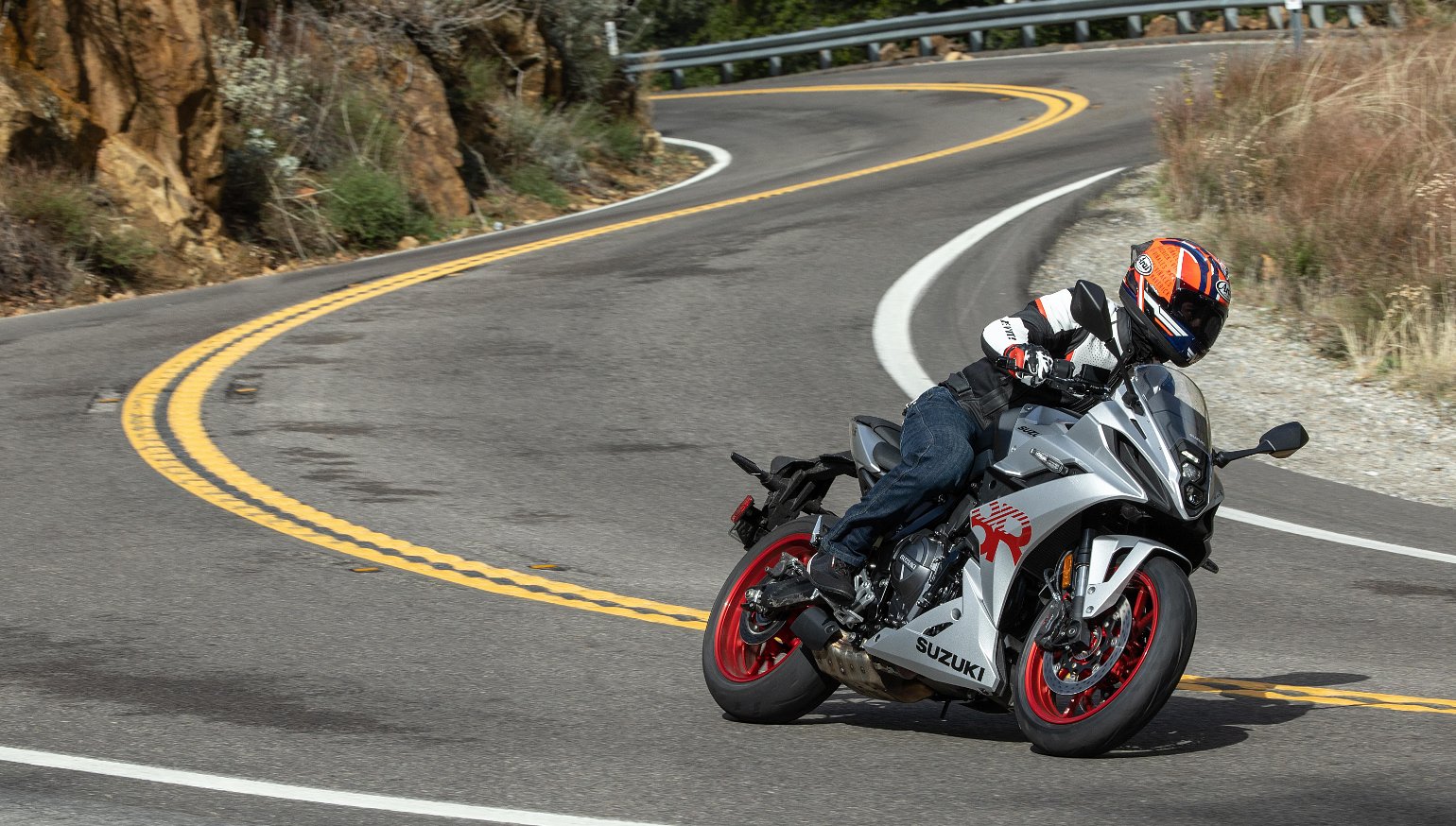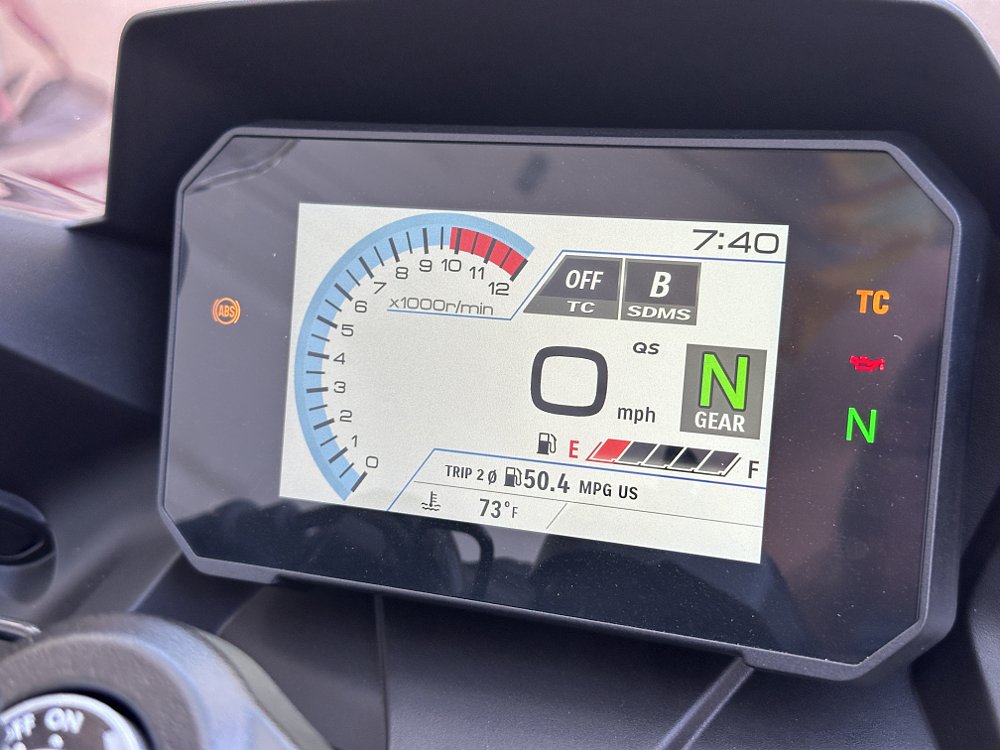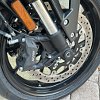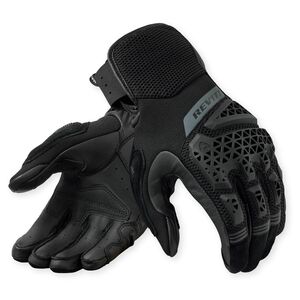Did you know that sport bike sales are up 71% over the past five years? Sales are skyrocketing, according to data from the Motorcycle Industry Council, fueled by Gen Z leaning into what everyone has always loved about sport riding.
Hmm, then again, maybe it doesn’t feel like you’re seeing more Ducati Panigales, BMW S 1000 RRs, or other showroom superbikes on the road. If that’s the case, your spidey sense is right on the money. You’re not. Because it’s not a generation of people that is spurring the change in sport bike sales, it is a new generation of sport bikes themselves.
Take this Suzuki GSX-8R that Dustin tested thoroughly and I’ve been riding around for the past few weeks. It looks and feels pretty sporty, but it’s not, really. That’s a V-Strom 800 engine in there, more or less, powering a bike with limited features and almost no suspension adjustability. In reality, most of its sporting prowess comes from the “R” that’s printed on the side.
It is inferior to its GSX-R cousins in just about every way. The GSX-R750 makes more power, is lighter, has a more advanced chassis, and is therefore a higher-performance machine almost no matter how you slice it. Except, crucially, Suzuki sells more GSX-8Rs than it does GSX-R750s.
How did we get here?
In the not-too-distant past, “sport” bikes meant 1,000 cc and 600 cc inline-four-cylinder variants from each Japanese brand, and a smattering of slightly more exotic offerings from Aprilia, BMW, and Ducati (plus a few outlier brands and models). Perhaps you’re old enough to remember those times. What the market did not include was the wave of mid-sized twins and triples that have sprouted from the withering loins of the industry.
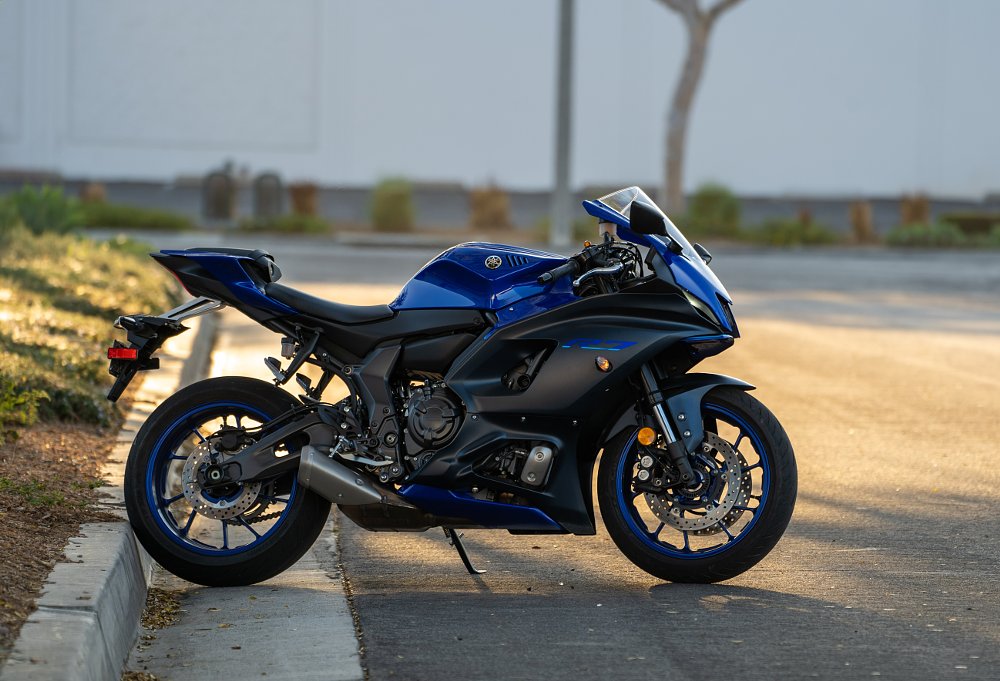
I'll use Yamaha as an example, in part because the names are short. A decade ago there were a couple of variants of YZF-R1, and a YZF-R6. Now, there’s an R7 and an R9 — varying degrees of horsepower and sporting capability, but with the common denominator of street-tuned engines and approachable MSRPs.
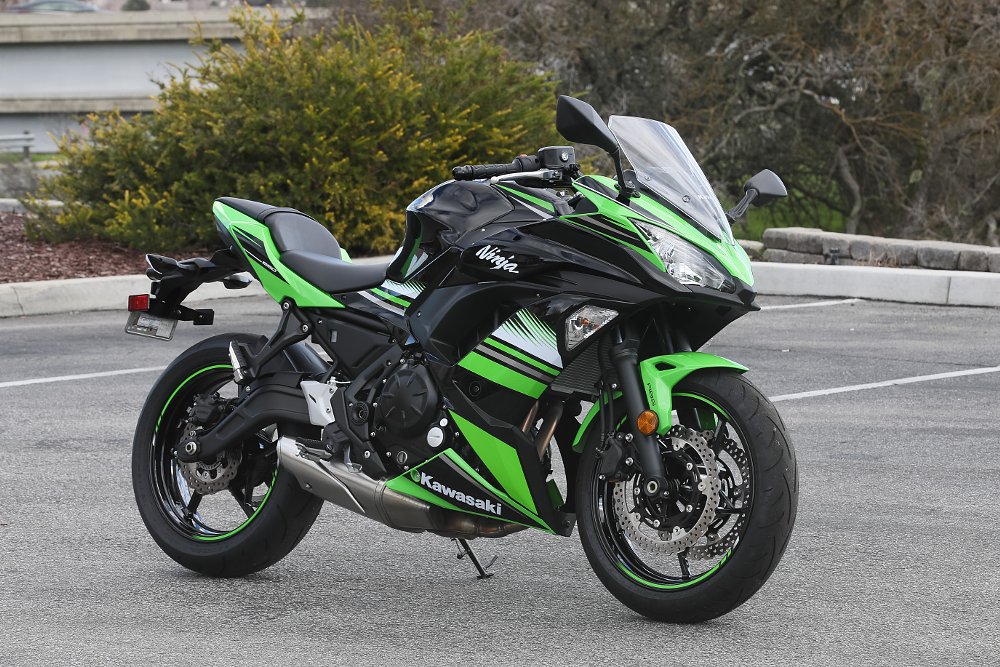
Most manufacturers have joined in with some similar designs and plans. Triumph with the Daytona 660 triple and Aprilia with the parallel-twin-powered RS 660 and Tuono 660. Kawasaki, meanwhile, is wondering what all the hubbub is about, having offered the Ninja 650 for decades and its Ninja 250/300/400/500 for about 40 years. With any luck, Honda will soon abandon the heavy, expensive, and underwhelming 650 four-cylinder offerings and just make a faired version of the CB750 Hornet for everyone to enjoy.
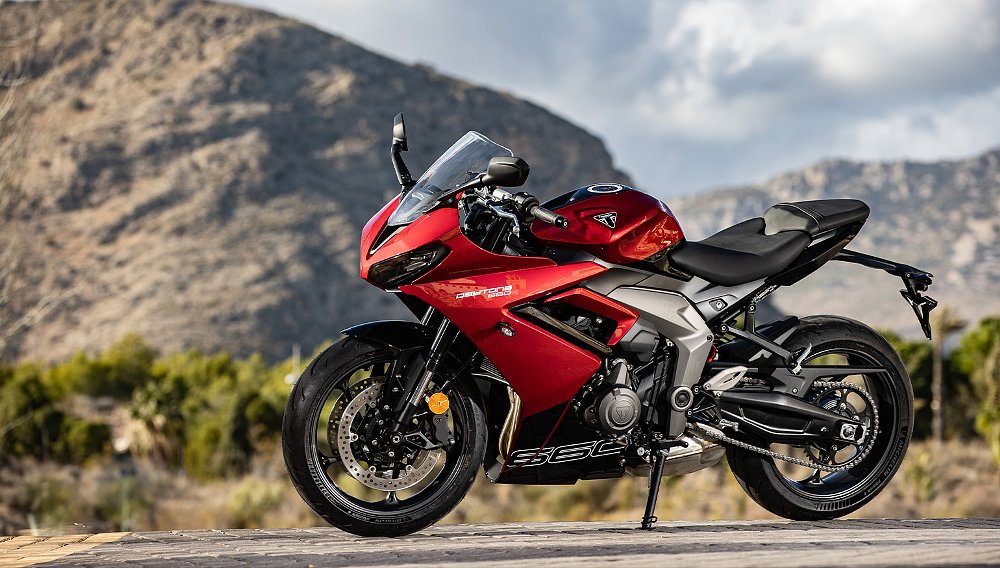
But, hang on, if the Suzuki GSX-8R is just plain lame compared to a GSX-R750 sitting on the same showroom floor, then why this surge of sales? Sure, the GSX-8R is a few thousand bucks cheaper than the quintessential Gixxer Seven-Fiddy, but since when does a little debt scare off American consumers?
Same reality, different decade
Perhaps the droning sermon of every moto-journalist for the past dozen years (or more) has begun to sink in. As a community we are coming around to the fact that a GSX-8R is better than just about any GSX-R in almost every practical way. The engine’s performance is easier to access than an inline-four's, which makes the GSX-8R feel more playful around town and, heck, even more useful merging onto the freeway.
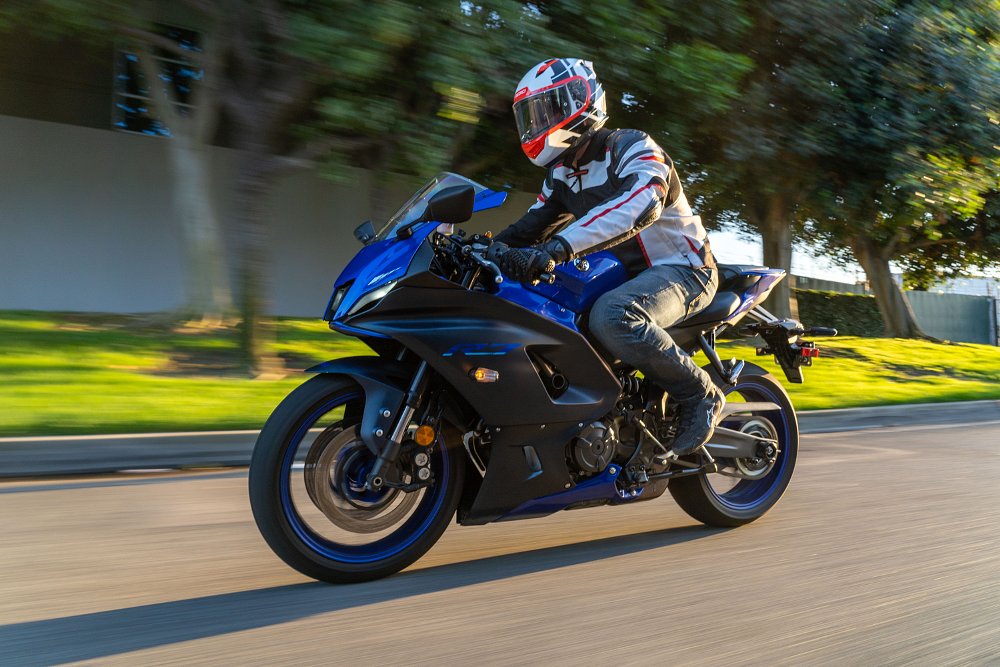
Don’t take this to mean that the burgeoning mid-size sport bike market is homogenous, though. Yamaha’s R7 has a relatively small and tame engine on paper, but the riding position is quite aggressive. Aprilia’s RS 660 is surprisingly comfortable, considering it has one of the highest peak-horsepower numbers in the class. The other bikes fall elsewhere on the spectrum, and none of them feel or act identically to each other.
It doesn’t hurt that this crop of mid-sized sport bikes is growing in a field fertilized by small-bore machines. The aforementioned lineage of wee Ninjas that goes back to the Reagan administration has been joined slowly by Honda’s CBR250 and 300, KTM’s RC 390, Suzuki’s GSX250R, Yamaha’s YZF-R3, and more recently Aprilia’s RS 457. Mostly good bikes, which the motorcycling world has rightly embraced.
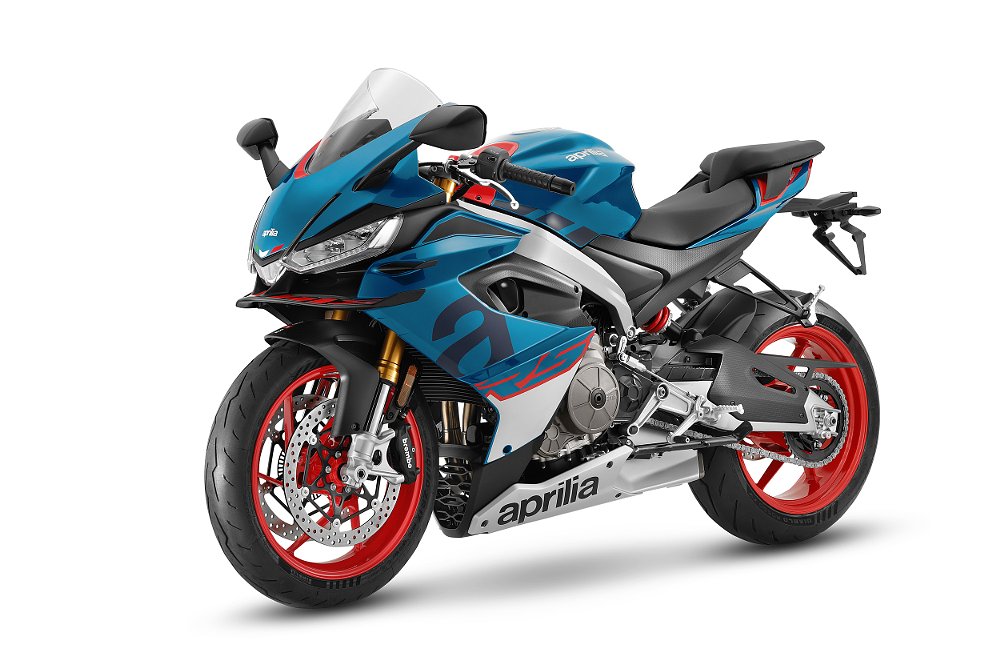
So, you can’t adjust the suspension on a Suzuki GSX-8R, and the brake calipers don’t say “Brembo” on them. The average rider doesn’t need more braking power or suspension tunability than a GSX-R750 has already anyway. If anything they need less. But, there’s always been some ghostly ambition inside our collective minds that tells us we need something faster or lighter or sharper than we had before, or than was available last year. It’s malarkey.
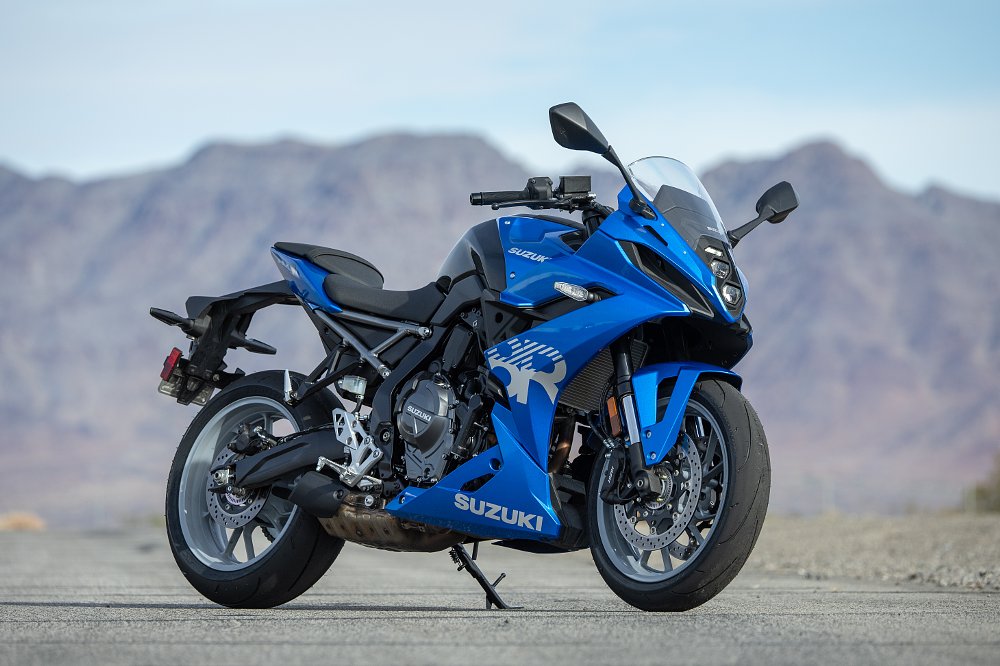
Not very many of us actually need Brembo brake calipers or a fork with fancy internals, and the pivot by manufacturers to produce bikes that have more of what we secretly like and less of what we desire seems to be creating a shift. And yes, it is the brands that are doing this. It’s not motorcycle writers squawking about torque curves that’s making this happen. That’s just an accidental upside to motorcycle makers bending to emissions regulations for engine design.
It just so happens that these machines that are cheaper to produce are also cheaper to buy, to insure, to shoe with rubber, and to fix when they break. By and large, anyway. That’s truly why the Suzuki GSX-8R is better than a GSX-R750 to use, while losing the spec-sheet battle. In other words, the GSX-8R is a bigger Kawasaki Ninja 500 rather than a smaller Honda CBR1000.
There are some who will rue this era: Those of us that love the wail of a pack of 600 cc supersport bikes spinning to 15,000 rpm, or who miss the days when a motorcycle would make it to production because it was terrific, not because it made sense. To some people this is a rising tide, and to others it is a tide going out. I get it.
Ultimately, I would much sooner recommend a Yamaha YZF-R7 to someone I don’t know than a YZF-R6. The same goes for a GSX-8R over a GSX-R750, and the fact that the R7 and GSX-8R are the best-selling motorcycles for Yamaha and Suzuki respectively makes me smile more than it makes me sigh.




